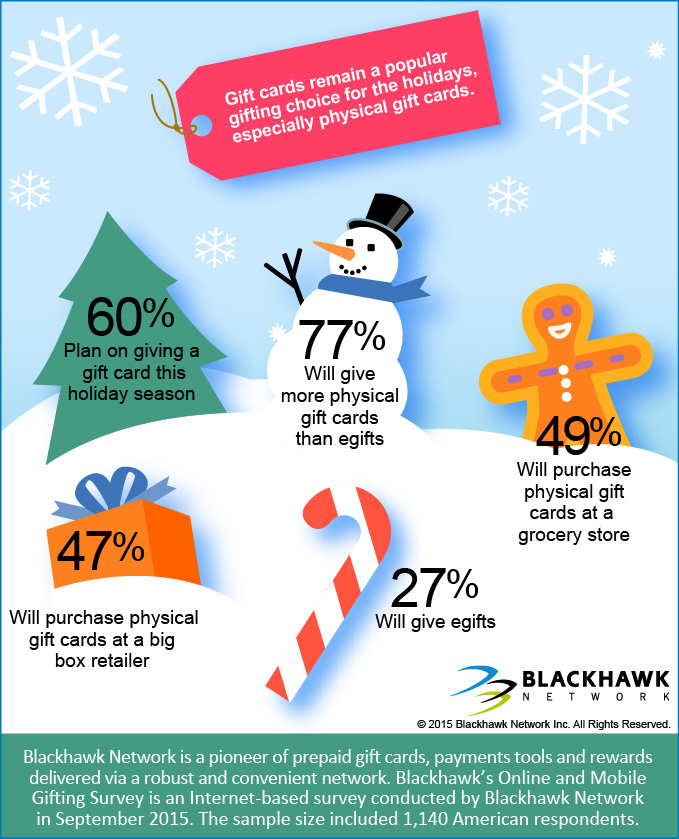Laser etching on glass can add colorful, customized designs to a range of products. This adaptability is just one of the key benefits of laser modern technology over various other etching methods.
Before you etch your glass products with the laser, understand a couple of common issues that can occur. These suggestions will assist you attain the most effective outcomes feasible.
Just How Laser Engraving Works
Laser engraving is a popular technique for etching and customizing products. It is a procedure that can be done on a variety of products, consisting of glass, timber and steel. Laser inscribing equipments can produce very thorough layouts, with great lines and accurate cuts. Utilizing this method, you can produce custom-made honors and various other items that are sure to impress.
To achieve the wanted outcomes, initially, you will certainly require to conceive the style. This will certainly assist you to choose what kind of picture or text you want to inscribe externally. Then, you will require to transform your principle right into a digital graphic. This can be made with visuals style software application, such as Adobe Illustrator or Inkscape, and after that conserved right into a documents format that works with your laser engraver.
As soon as the inscribing data are prepared, it is time to begin preparing the material for laser marking. This can be done by applying a black mask that is designed specifically for laser usage. The dark shade of the mask mirrors laser light, and helps to minimize any kind of heat that would certainly or else harm the surface area.
Restricting Breaking
When the laser beam of light strikes the surface of glass it right away heats up the material up. The sudden home heating creates tiny fractures to the surface. The cracks and cracks develop the look of inscription, etching or frozen glass.
The differing structures of different types of glass can influence just how the product reacts to the laser. It is essential to carefully evaluate your laser settings on an example item of glass before starting a work. Exact focus is likewise essential for tidy, regular results.
To improve the high quality of your inscriptions try using a dark paper to shield the glass from the laser. The specialized dark paper has a layer that takes in the laser energy and allows the inscribing to happen. The dark paper can be removed as soon as the engraving is complete. It is also advised to make use of a lower resolution and decrease the quantity of black in the graphics as this will certainly help in reducing micro-fracturing. A Jarvis dithering pattern can additionally be related to the graphic in the laser driver setups to randomize and separate the dots of the design and further lower the quantity of micro-fracturing.
Preparing the Surface
Laser noting on glass and plastic uses a variety of practical uses, from item traceability (like date codes or lot numbers) to 3D noting within the product itself. It's also used for decor and style in industries like the auto, food, and telecommunication markets.
Getting good results from laser inscription on glass depends in part on the prep work of the surface. Keeping the product clean of dirt and oil aids the laser permeate deeper and better. Covering up the surface with a paper towel or paper a little larger than the etching area can additionally minimize the impacts of heat on huge areas, aiding to lessen cracking and improve total inscribing quality.
Layout and laser control software application can also influence exactly how well the procedure works. Programs like Adobe Illustrator or Corel Draw aid you create and change your designs while programs like LightBurn or LaserGRBL control the laser's settings.
Getting Started
Laser inscribing on glass is fast and reliable, creating a premium look that improves products and enhances brand name identity. While some may be wary of collaborating with this delicate personalized gift jar product, a little time and persistence will assist make certain stunning outcomes.
Using a commercial laser, you can add ornamental patterns, messages, or tailored styles to things like drinking glasses, containers, pitchers, and much more. The procedure is non-contact, decreasing the threat of breakage even on rounded or breakable surfaces.
To make best use of laser effectiveness, you'll intend to spend a long time experimenting with the settings for your details machine and glass type. Refining these setups will reduce power use, enhance total engraving high quality, and lower the likelihood of errors or damage. For example, you can enhance the resolution and reduce the black degree of your graphics to use much less laser power. In a similar way, using a Jarvis dithering pattern will divide and randomize the dots in your graphics to further decrease laser warm use.
